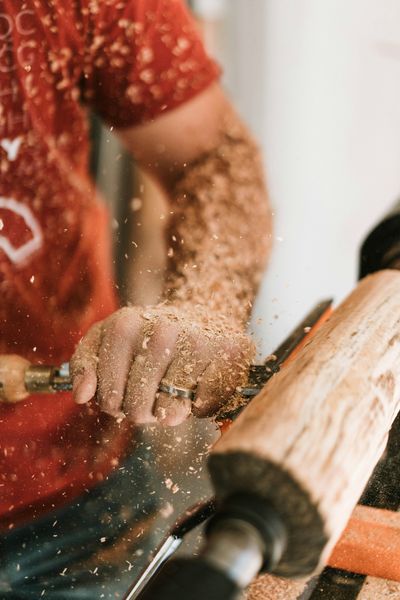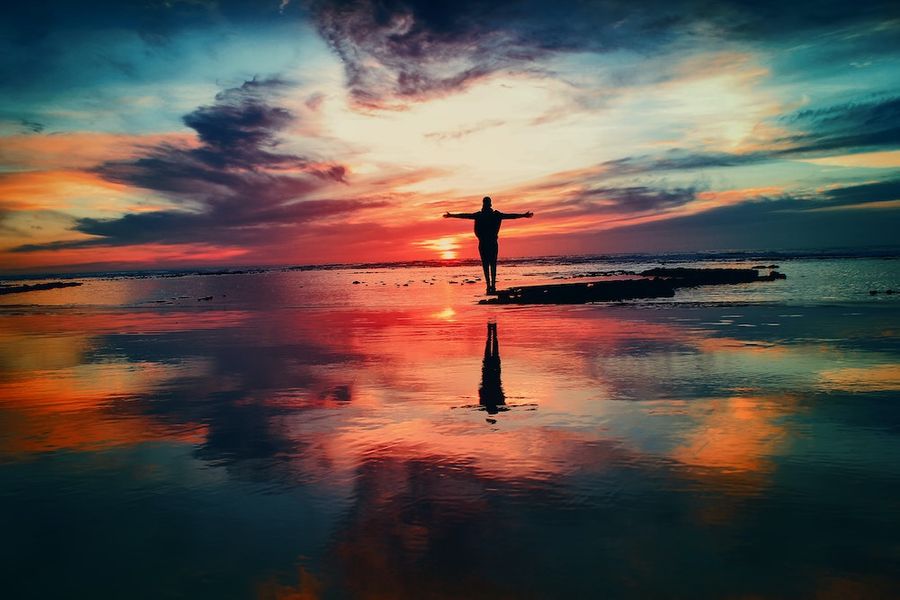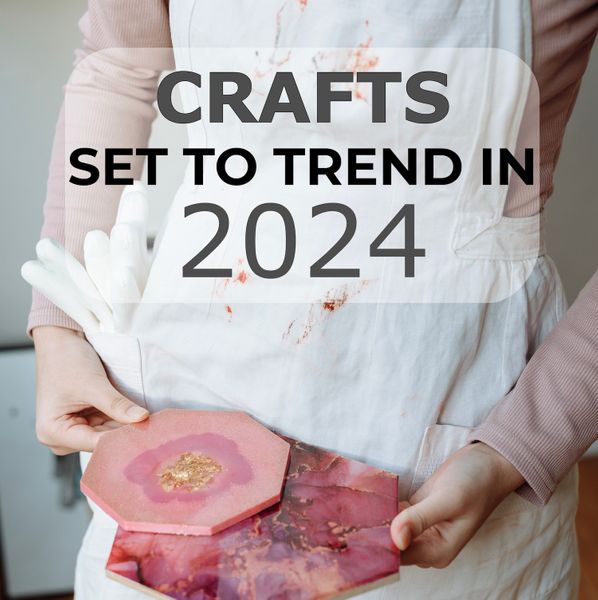As we begin to enjoy more hazy summer days there is no better time to immerse yourself in some new creative activities inspired by our natural flora and fauna.
Here are the crafts that we are putting at the top of our wishlist this summer, plus read on to the end for a bonus delicious elderflower champagne recipe, lovingly tested by our team (the things we do for you! ?):

The world of Huguenot herbs - botanical illustration workshops at the Huguenot Museum, Rochester
Ever wanted to experiment with watercolour? Join the Huguenot Museum for a Saturday morning art workshop centred around the kitchen and garden.
Explore the relationship between culinary herbs beloved by the Huguenots and the therapeutic properties of medicinal herbs in art, with botanical artist Edwina Finn.
Take a look at all of the wildlife art and botanical illustration courses across the UK to find one near you >
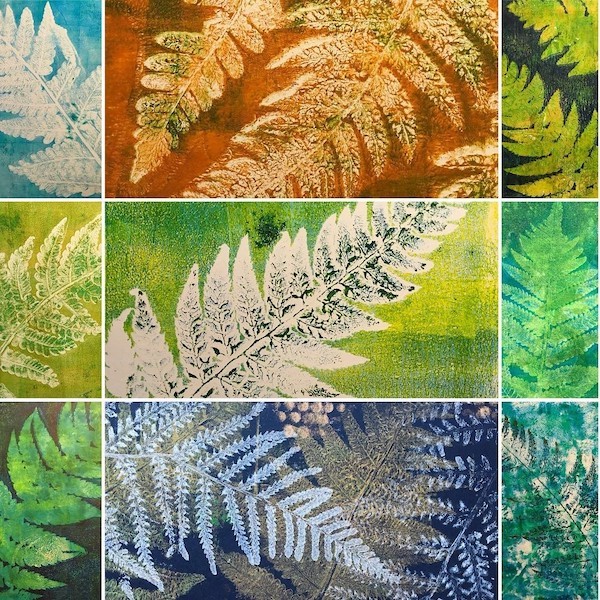
Gelli Printing Workshop at The Conservation Volunteers, Leeds
Gelli Printing is the way of making monotype prints without a press. No previous experience is required for this day, where you will explore the delightful nature reserve at Skelton Grange for inspiration and materials, then will be guided by artist Tina Roberts to make your own original prints. The resulting prints can be used as artworks in their own right or used as painting or zendooling backgrounds, in art journals, for collage and decoupage and crafts such as card making. If used on fabric gelli printing can be used for applique and embroidery projects.
Here are some more natural printing and eco dyeing courses >

Along the Sea Shore - collage workshop with Karenza Jackson at Old Bank Studios, Essex
This one day collage, mixed media and print workshop is an opportunity to take yourself back to a favourite destination – Along the Seashore! This course is about ‘playfulness’ and experimentation. Work from images of on and around the seashore in terms of landscape, wildlife i.e. seabirds, plantlife, dogs and people, shells, seaweed and pebbles as our ‘starting point’. Using collage, you will bring it altogether with monoprinting to create a lively and unique image with the emphasis on texture, line, shapes and colour.
Too far? Find a mixed media and collage worshop near you here >

Ecoprint onto paper with Caroline Nixon at The Courtyard Art Studio, Buckinghamshire
Create beautiful botanical images on paper using real foliage and flowers gathered from the gardens at Claydon Estate.
Ecoprinting is a form of monoprint, or botanical contact print. Using heat and pressure you will learn to transfer the pigment and outline directly from leaf to paper. You will learn how to use natural dyes and pigments to enhance your prints.
The finished printed papers can be framed works of art in their own right, turned into cards or gift tags, or incorporated into mixed media art. On the second day of this course, you will learn a beautiful Japanese stab stitch binding technique, allowing you to make some of your prints into a notebook or journal.
Take a look at the wide range of printing courses on our site >

Drawing wildlife with confidence - with Cate Wetherall at Pure Artwork, Oxfordshire
This two day workshop is perfect for beginners or for anyone wishing to refresh and revive their drawing skills. The workshop will cover the importance of observation, individual characteristics that make each species unique, establishing 'back to basics' techniques including size and proportion, using lines and shapes plus tones and values.
Love drawing or want to get started with a workshop near you? Check out this huge selection >

Botanical Printing on Silk and Paper at Quirky Workshops at Greystoke Craft Garden, Cumbria
Botanical contact printing uses nothing other than leaves, fabric or paper and heat. The heat encourages the tannins in the leaves to print on to the chosen substrate. The serendipitous nature of the technique never fails to amaze. This course is suitable for all abilities who are interested in a way of extracting colours from vegetation, as well as mixed Media and Textile artists who wish to produce unique substrates for their work. Margaret will lead you through choosing suitable leaves, the preparation of your fabric/paper and leaves and finally the techniques needed to produce a unique, one off silk scarf along with paper samples throughout the day.
Have a look at other textile art courses here >

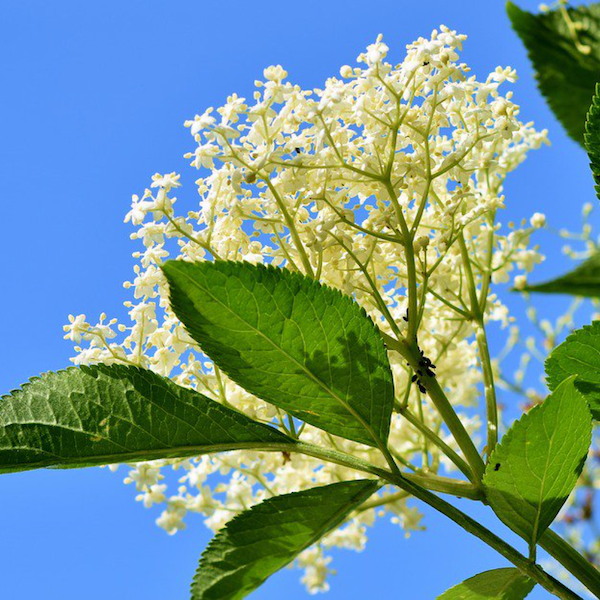
Elderflower Champagne
In late May the elderflowers begin to burst into fragrant life, they don't hang around for long so be sure to set aside the time to harvest them for making your own elderflower champagne. It is definitely worth it, but remember when foraging not to completely strip the Elder trees as it will impact on future years' growth so leave some flower heads behind for the wildlife to enjoy.
There is nothing more summery than a chilled glass of fizzy elderflower champagne in the sunshine! This is best drunk within 3 months of bottling. Here is our own tried and tested recipe for you to try:
Ingredients:
- 8 large elderflower heads
- 2 litres of boiling water
- 3 litres of cold water
- 800g - 1kg of white caster sugar
- 5 unwaxed lemons
- Optional 5g Champagne yeast
Method:
- Pick the elderflowers and shake off or brush off any bugs - do not wash them as it is the natural yeast on the flowers that will aid fermentation and make the drink bubbly.
- Put the sugar into a bucket and pour the boiling water over. Stir until all sugar is disolved, then add the cold water and stir in. Leave to completely cool.
- Zest and juice the lemons and add to the bucket along with the elderflower heads.
- Give the bucket a quick stir and loosely cover with a clean muslin. Leave for 3 days.
- If bubbles have started forming on the top of the liquid then fermentation has started - all you need to do is leave it for another 3 days. If there are no bubbles after the first 3 days add a pinch of champagne yeast to give it a boost and then leave for another 3-6 days to ferment.
- Strain the liquid through a clean muslin and then decant into sterilised bottles - swing or screw top glass bottles are required as the liquid can get quite explosive!
- It is ready to enjoy within a week and we found keeping them in the fridge helps to slow down the fermentation and avoid them getting too fizzy!
Feeling inspired?
Here are some more foraging and wild food courses >
It is also worth looking through the food & drink workshops, which include wine and mead making!

